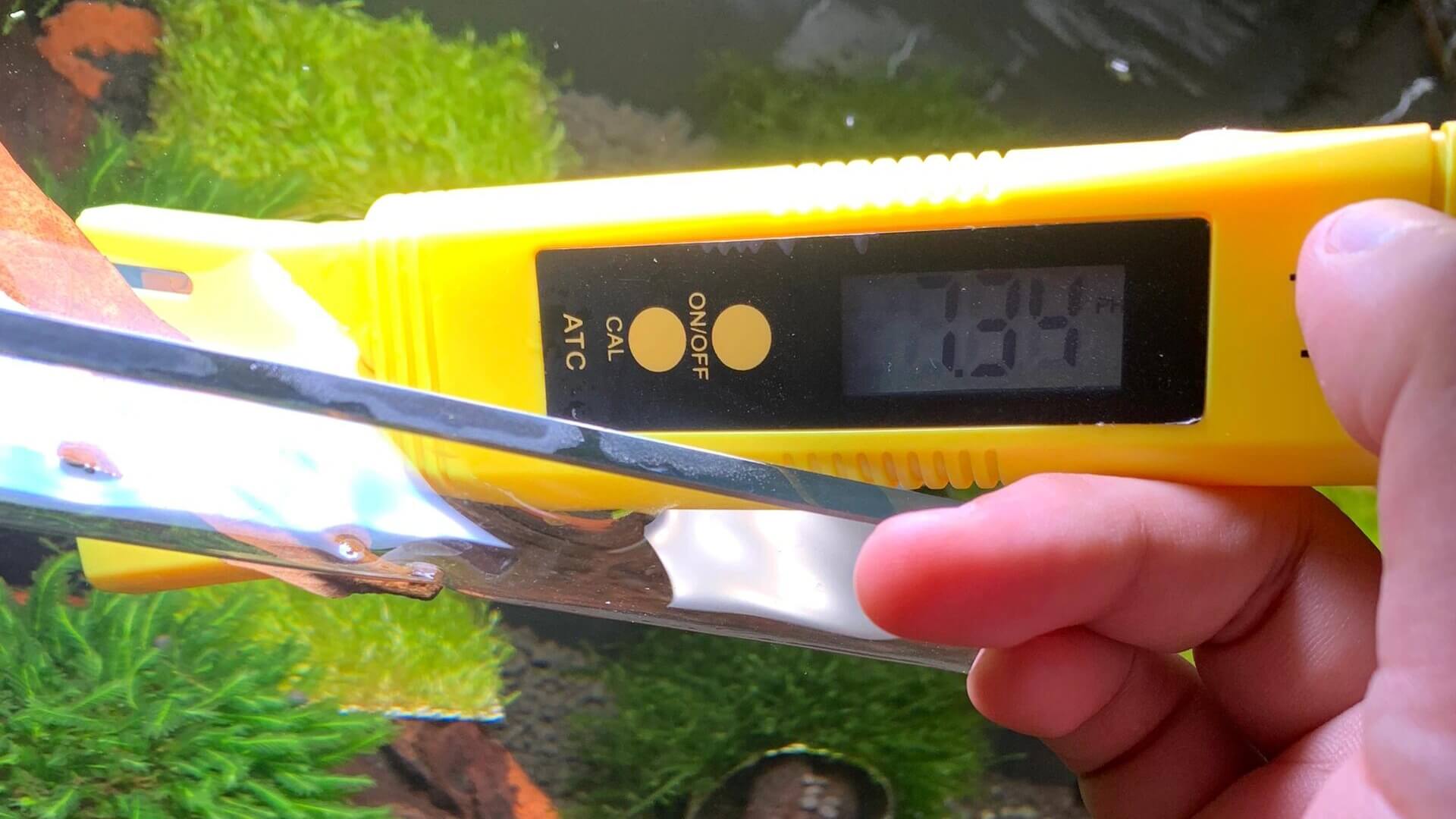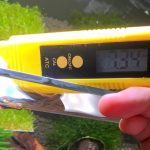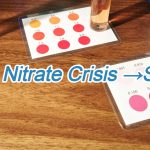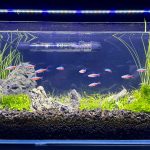Maintaining the ideal pH level in your aquarium is crucial for fish health. If you’ve noticed your tank’s pH creeping up, learning how to lower pH in aquarium safely is essential. This guide covers natural methods, product recommendations, and answers to FAQs like ‘How fast can I reduce pH?’
Why High pH is a Problem (And How to Spot It)
Let’s be real – most of us don’t test our tank water until something seems “off.” If your fish are acting jumpy, losing color, or you notice algae going wild, high pH might be the problem.
Most tropical fish (think bettas, tetras, or angelfish) thrive in slightly acidic water (pH 6.5-7.0). But tap water often leans alkaline (pH 7.5+), which can stress them over time. Good news: You don’t need fancy chemicals to fix this!
5 Natural Hacks to Lower pH (That Actually Work)
1. Add “Fish-Safe Tea Bags” (Aka Peat Moss or Leaves)
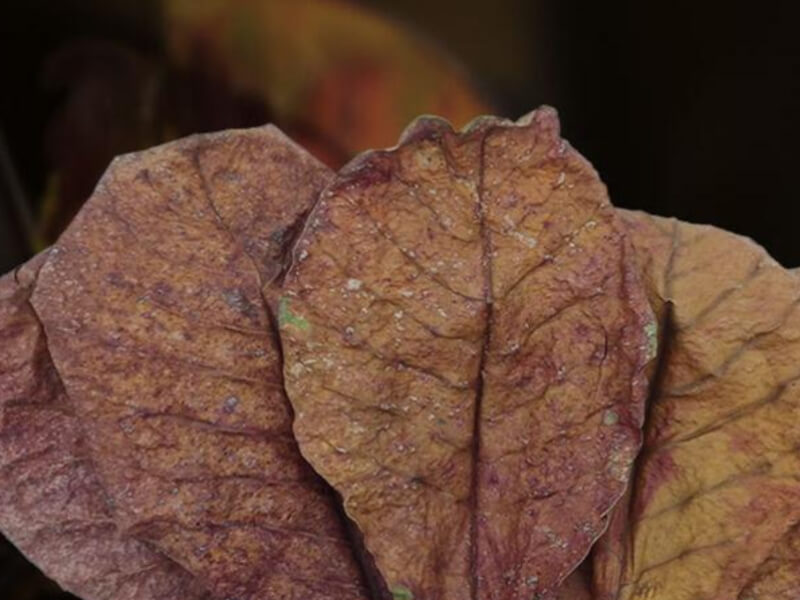
Grab a handful of Indian almond leaves or a small mesh bag of peat moss from your local fish store. Toss it into your filter or let it float like a teabag. These release tannins – natural acids that gently lower pH. Bonus: They give your tank a cool “blackwater” look that mimics a fish’s natural habitat!
Tips: Start with a small amount. Too many leaves at once can turn your water iced-tea brown (harmless but might freak out newbies).
2. Rainwater to the Rescue (Yes, Really!)
If your tap water is stubbornly alkaline, try mixing in some rainwater or distilled water during changes. Rainwater is naturally softer and acidic.
How to do it safely:
- Collect rainwater in clean containers (avoid roofs with bird poop!).
- Mix 25% rainwater with 75% treated tap water.
- Test pH before adding it to your tank – sudden swings stress fish!
3. Driftwood: Nature’s pH Adjuster
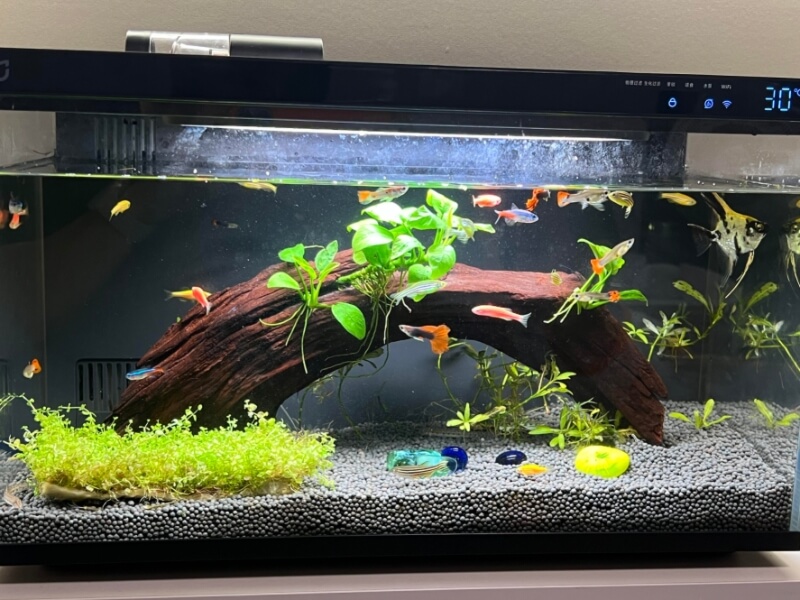
That piece of driftwood isn’t just for looks! Soak it for a week (to sink it and remove excess tannins), then drop it in. It’ll slowly acidify your water while giving shrimp and plecos a snack spot.
“But My Water’s Still Too Hard!”
If your pH keeps bouncing back, blame your rocks and substrate. Limestone, coral, or crushed shells act like antacids – they neutralize acids. Swap them for inert sand or pH-neutral gravel.
4. CO2: Not Just for Plant Nerds
Adding liquid carbon or a basic CO2 system (like yeast-based kits) helps plants grow AND lowers pH. More CO2 = slightly more acidic water.
Keep it simple:
- Start with a low dose (Please follow product instructions!).
- Monitor pH daily – too much CO2 can crash pH overnight.
5. The Lazy Person’s Trick: Fewer Water Changes
Wait, what? Hear me out! If your tap water has high pH, frequent water changes might keep resetting the problem. Stretch changes to every 10-14 days. Let natural acids build up between changes.
What NOT to Do (Save Your Fish’s Life!)
- Vinegar or lemon juice: These work temporarily but cause dangerous pH swings.
- Chemical pH-down products: They’re like Band-Aids – fix the symptom but ignore the root cause (like hard water).
- Ignoring KH (“Carbonate Hardness”): This is your water’s “pH buffer.” If KH is sky-high, no amount of peat moss will help. Test KH first!
Still confused? This table breaks it down in seconds:
KH vs pH Cheat Sheet
| KH Level | Impact on pH | Ideal Fish | How to Fix |
|---|---|---|---|
| Low KH (0-4 dKH) | pH fluctuates easily (e.g., drops rapidly with acids) | Amazon basin fish (Discus, Tetras) | Use RO water to reduce KH Avoid carbonate-rich substrates |
| Moderate KH (5-8 dKH) | pH stays relatively stable (adjustable with natural methods) | Most tropical fish (Guppies, Bettas) | Add peat moss/driftwood Monitor KH weekly |
| High KH (>8 dKH) | pH resists changes (chemicals fail) | African Cichlids, Saltwater fish | Dilute with RO water first Then lower pH slowly |
“If high KH prevents pH adjustments, follow the table above to fix it…”
FAQs (From Real Fish Keepers)
Q: How fast should I lower pH?
A: Slower == safer. Aim to drop 0.2-0.3 pH units per day. Sudden changes can shock fish!
Q: My pH keeps rising back. Help!
A: Check your tap water’s KH. High KH = water resists pH changes. Mix in RO water or use a KH reducer.
Q: Will lowering pH kill my snails?
A: Mystery snails and nerites prefer alkaline water. If you have snails, keep pH above 7.0 or move them to another tank.
Final Tip: Test, But Don’t Obsess!
Fish adapt better to stable pH than “perfect” numbers. Once you hit a safe range (6.5-7.5 for most species), focus on consistency. Test weekly, but don’t chase minor fluctuations – you’ll drive yourself nuts!
Got a pH horror story or genius hack? Drop it in the comments below!
Home Aquarist | Community Educator
Fishkeeping isn’t a luxury, but nature’s therapy accessible to everyone.

